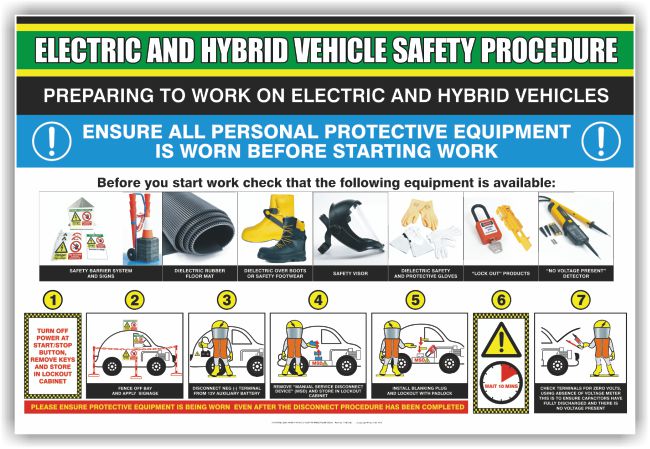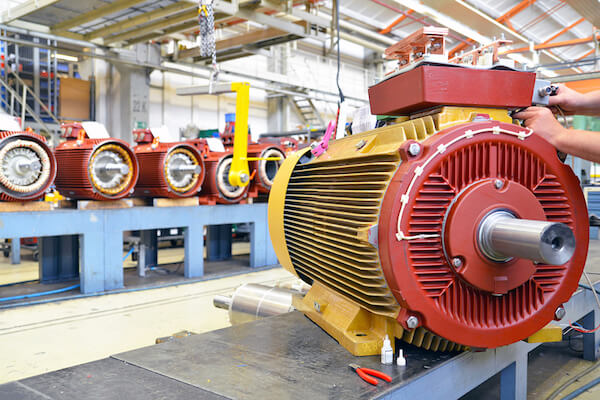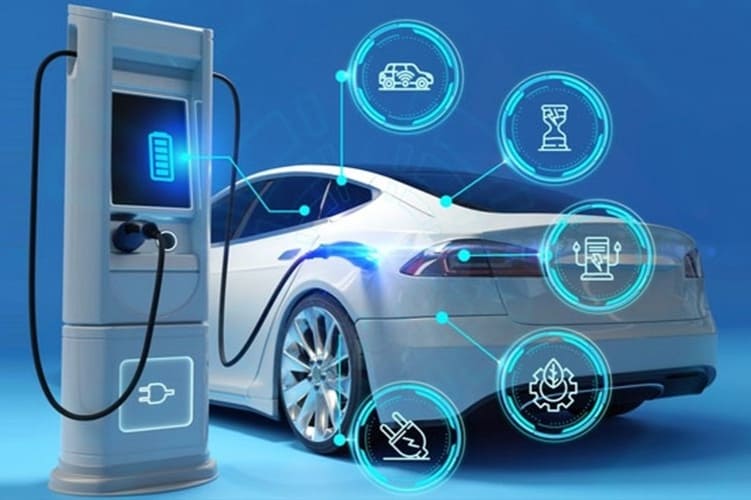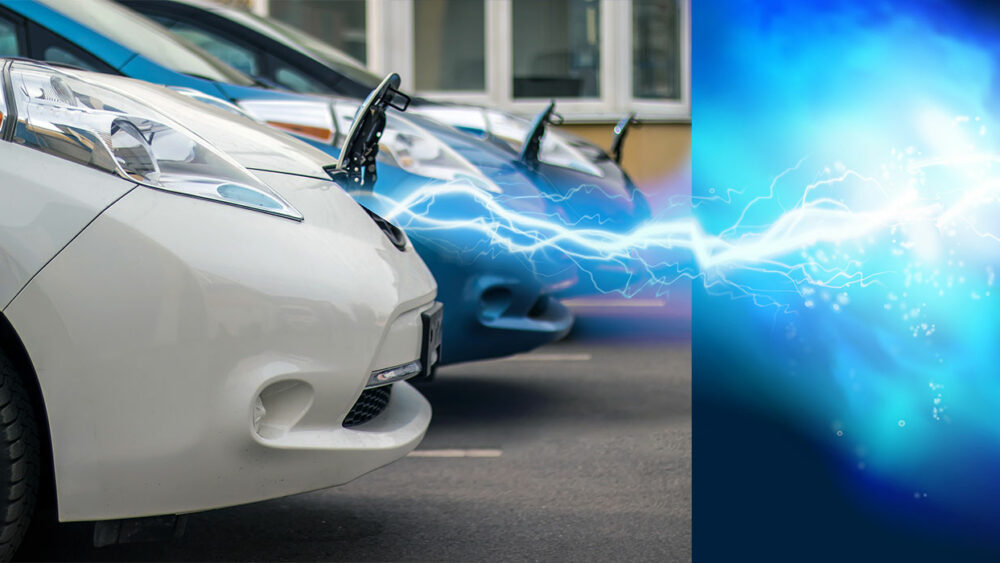Understanding the Importance of Electric Vehicle Safety Standards
The electric vehicle (EV) industry has experienced rapid growth in recent years, with many countries investing heavily in EV infrastructure and incentivizing consumers to make the switch to electric. However, as the number of EVs on the road increases, so does the need for standardized safety protocols to protect drivers, passengers, and pedestrians. Electric vehicle and electric motor safety standards trends are becoming increasingly important as the industry continues to evolve.
One of the primary concerns in the EV industry is the risk of electrical shock or fire due to faulty batteries or charging systems. To mitigate this risk, regulatory bodies such as the National Highway Traffic Safety Administration (NHTSA) and the International Electrotechnical Commission (IEC) have established safety standards for EVs. These standards ensure that EVs are designed and manufactured with safety features such as thermal management, insulation, and fault detection.
The adoption of EVs is heavily influenced by safety standards. Consumers are more likely to purchase an EV if they feel confident in its safety, and manufacturers are more likely to invest in EV production if they can ensure compliance with safety regulations. Furthermore, safety standards can impact the overall growth of the industry by influencing government policies and incentives. For example, governments may offer tax credits or rebates for EVs that meet certain safety standards, which can drive demand and stimulate growth.
In addition to regulatory standards, industry-led initiatives are also playing a crucial role in promoting EV safety. For example, the Society of Automotive Engineers (SAE) has established a set of guidelines for EV safety, which includes recommendations for battery testing, charging system design, and electrical safety. These guidelines provide a framework for manufacturers to follow and help ensure that EVs are designed and manufactured with safety in mind.
As the EV industry continues to evolve, it is likely that safety standards will become even more stringent. Emerging technologies such as autonomous driving and vehicle-to-grid (V2G) charging will require new safety protocols to be developed, and regulatory bodies will need to adapt to these changes. By prioritizing safety and investing in research and development, the EV industry can ensure a safe and sustainable transportation future.
How to Identify Safe Electric Vehicles: A Guide to Certification and Compliance
When it comes to ensuring the safety of electric vehicles (EVs), certification and compliance play a crucial role. Regulatory bodies and industry organizations have established various standards and certifications to ensure that EVs meet certain safety requirements. In this article, we will explore the different certifications and compliance requirements for EVs, including UL 2271 and IEC 62196.
UL 2271 is a standard for safety of electrical energy storage systems, including batteries, for use in electric vehicles. This standard ensures that batteries are designed and manufactured with safety features such as thermal management, insulation, and fault detection. EV manufacturers must comply with UL 2271 to ensure that their batteries meet the required safety standards.
IEC 62196 is an international standard for electric vehicle charging systems. This standard ensures that charging systems are designed and manufactured with safety features such as electrical insulation, thermal management, and fault detection. EV manufacturers must comply with IEC 62196 to ensure that their charging systems meet the required safety standards.
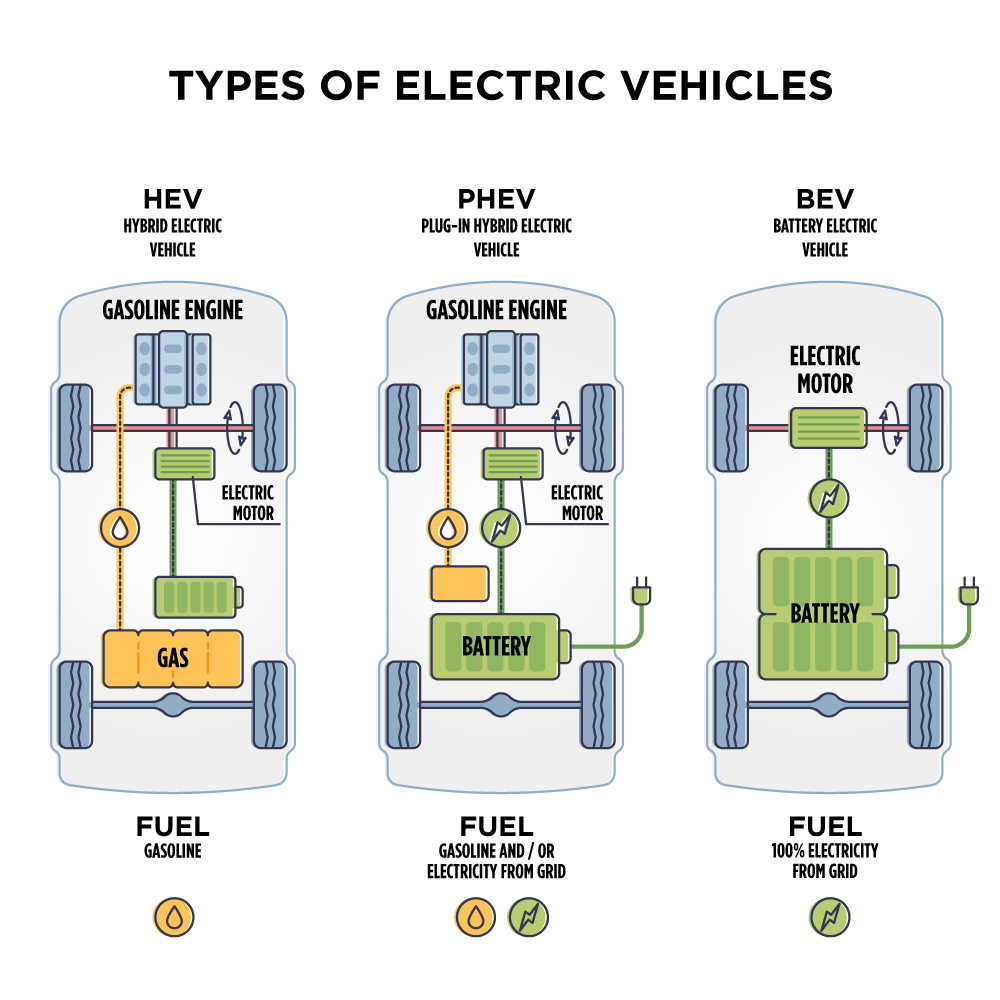
Trends in Electric Motor Safety: Advances in Design and Technology
The electric motor is a critical component of electric vehicles (EVs), and its safety is of utmost importance. In recent years, there have been significant advancements in electric motor design and technology, focusing on safety features such as thermal management, insulation, and fault detection. These advancements have improved the overall safety and efficiency of EVs, making them more appealing to consumers.
One of the key trends in electric motor safety is the use of advanced materials and designs that improve thermal management. Electric motors can generate a significant amount of heat during operation, which can lead to reduced efficiency and increased risk of electrical shock or fire. To mitigate this risk, manufacturers are using advanced materials such as high-temperature superconductors and advanced cooling systems to improve thermal management.
Another trend in electric motor safety is the use of insulation and fault detection systems. Insulation is critical to preventing electrical shock or fire, and fault detection systems can quickly identify and respond to any issues that may arise during operation. Manufacturers are using advanced insulation materials and fault detection systems to improve the safety and reliability of their electric motors.
Examples of innovative electric motor designs that prioritize safety and efficiency include the use of axial flux motors and transverse flux motors. These designs offer improved thermal management and reduced risk of electrical shock or fire, making them ideal for use in EVs.
The development of advanced electric motor designs and technologies is driven by the need for improved safety and efficiency in EVs. As the demand for EVs continues to grow, manufacturers must prioritize safety and innovation to stay ahead of the competition. Electric vehicle and electric motor safety standards trends are constantly evolving, and manufacturers must stay up-to-date with the latest requirements to ensure a safe and sustainable transportation future.
Regulatory bodies and industry organizations are also playing a critical role in shaping electric motor safety standards. The International Electrotechnical Commission (IEC) has established standards for electric motor safety, including requirements for thermal management, insulation, and fault detection. Manufacturers must comply with these standards to ensure that their electric motors meet the required safety standards.
The Role of Regulatory Bodies in Shaping Electric Vehicle Safety Standards
Regulatory bodies play a crucial role in shaping electric vehicle (EV) safety standards, ensuring that manufacturers prioritize safety and consistency across the EV market. The National Highway Traffic Safety Administration (NHTSA) and the International Electrotechnical Commission (IEC) are two prominent regulatory bodies that have established safety standards for EVs.
NHTSA is responsible for developing and enforcing safety standards for EVs in the United States. The agency has established a set of safety standards for EVs, including requirements for battery safety, electrical safety, and crashworthiness. NHTSA also conducts regular inspections and testing to ensure that EV manufacturers comply with these standards.
IEC is an international organization that develops and publishes safety standards for electrical products, including EVs. The IEC has established a set of safety standards for EVs, including requirements for electrical safety, thermal management, and fault detection. IEC standards are widely adopted across the globe, providing a framework for EV manufacturers to ensure safety and consistency.
Regulatory bodies collaborate with industry stakeholders to ensure that safety standards are effective and up-to-date. For example, NHTSA works closely with EV manufacturers, suppliers, and industry organizations to develop and refine safety standards. Similarly, IEC collaborates with international stakeholders to develop and publish safety standards that reflect the latest technological advancements.
The role of regulatory bodies in shaping EV safety standards is critical to ensuring a safe and sustainable transportation future. By establishing and enforcing safety standards, regulatory bodies can help prevent accidents, reduce injuries and fatalities, and promote public confidence in EVs. Electric vehicle and electric motor safety standards trends are constantly evolving, and regulatory bodies must stay up-to-date with the latest requirements to ensure that safety standards remain effective.
Regulatory bodies also provide guidance and support to EV manufacturers, helping them to navigate the complex regulatory landscape. For example, NHTSA provides guidance on compliance with safety standards, while IEC offers training and certification programs for EV manufacturers and suppliers.
Real-World Examples: Safe Electric Vehicles Leading the Way
The electric vehicle (EV) industry has made significant strides in prioritizing safety, with many manufacturers incorporating advanced safety features into their vehicles. Two notable examples of safe EVs are the Tesla Model 3 and the Chevrolet Bolt.
The Tesla Model 3 is a prime example of a safe EV, with a 5-star overall safety rating from the National Highway Traffic Safety Administration (NHTSA). The vehicle features a robust battery management system, advanced driver-assistance systems (ADAS), and a comprehensive suite of airbags. Additionally, the Model 3 has been designed with safety in mind, featuring a low center of gravity and a rigid body structure to protect occupants in the event of a crash.
The Chevrolet Bolt is another example of a safe EV, with a 5-star overall safety rating from the NHTSA. The vehicle features a advanced battery management system, ADAS, and a comprehensive suite of airbags. The Bolt also features a unique safety feature, the “Bolt EV’s” advanced traction control system, which helps to prevent skidding and loss of control on slippery roads.
Both the Tesla Model 3 and the Chevrolet Bolt demonstrate the importance of prioritizing safety in EV design and manufacturing. By incorporating advanced safety features and robust battery management systems, these vehicles have set a new standard for safety in the EV industry. Electric vehicle and electric motor safety standards trends are constantly evolving, and manufacturers must stay up-to-date with the latest requirements to ensure a safe and sustainable transportation future.
These examples demonstrate that safety is not just a regulatory requirement, but a key selling point for EV manufacturers. By prioritizing safety, manufacturers can build trust with consumers and establish a competitive advantage in the market. As the EV industry continues to grow, it is likely that safety will become an increasingly important factor in the purchasing decisions of consumers.
Challenges and Opportunities in Electric Vehicle Safety Standardization
The electric vehicle (EV) industry is facing a critical juncture in its development, as safety standardization becomes a pressing concern. As the demand for EVs continues to grow, the need for harmonized safety protocols across different regions and countries becomes increasingly important. However, the industry is currently facing several challenges in achieving this goal.
One of the primary challenges is the lack of uniformity in safety standards across different countries. For instance, the United States has its own set of safety standards, while the European Union has its own. This creates a complex landscape for manufacturers, who must navigate multiple regulatory frameworks to ensure compliance. Furthermore, the absence of a single, globally accepted safety standard hinders the widespread adoption of EVs.
Another challenge is the rapid pace of technological innovation in the EV industry. As new technologies emerge, safety standards must be updated to reflect these changes. However, this can be a time-consuming process, and the industry must balance the need for innovation with the need for safety. For example, the development of advanced driver-assistance systems (ADAS) and autonomous driving technologies requires new safety protocols to ensure safe operation.
Despite these challenges, there are opportunities for innovation and collaboration in addressing the safety standardization gap. For instance, the development of international safety standards, such as those set by the International Electrotechnical Commission (IEC), can help to harmonize safety protocols across different regions. Additionally, industry stakeholders can work together to share best practices and develop new safety technologies.
One example of successful collaboration is the development of the Combined Charging System (CCS) standard, which enables interoperability between different charging systems. This standard has been widely adopted across the industry, facilitating the growth of EV adoption. Similarly, the development of standardized safety protocols for electric motor safety can help to ensure consistency across the industry.
In conclusion, the EV industry must prioritize safety standardization to ensure a safe and sustainable transportation future. By addressing the challenges and opportunities in safety standardization, industry stakeholders can work together to develop harmonized safety protocols that facilitate the widespread adoption of EVs. As the industry continues to evolve, it is essential to prioritize electric vehicle and electric motor safety standards trends to ensure a safe and sustainable future for all road users.
The Future of Electric Vehicle Safety: Emerging Technologies and Trends
The electric vehicle (EV) industry is on the cusp of a revolution, with emerging technologies and trends set to transform the safety landscape of the sector. As the industry continues to evolve, it is essential to prioritize electric vehicle and electric motor safety standards trends to ensure a safe and sustainable transportation future.
One of the most significant emerging trends in EV safety is the development of autonomous driving technologies. Autonomous vehicles (AVs) have the potential to significantly reduce the number of accidents on the road, as they are programmed to follow safety protocols and avoid hazards. However, the development of AVs also raises new safety concerns, such as the need for robust cybersecurity measures to prevent hacking and ensure the integrity of the vehicle’s systems.
Another emerging trend in EV safety is the growth of vehicle-to-grid (V2G) charging. V2G charging enables EVs to supply electricity back to the grid, providing a new source of revenue for vehicle owners and helping to stabilize the grid. However, V2G charging also raises safety concerns, such as the need for advanced safety protocols to prevent electrical shock and ensure the safe transfer of electricity.
Advanced materials are also set to play a significant role in the future of EV safety. New materials, such as advanced composites and nanomaterials, are being developed to improve the safety and efficiency of EVs. For example, advanced composites can be used to reduce the weight of EVs, improving their range and efficiency, while also providing improved crash protection.
In addition to these emerging trends, there are also several emerging technologies that are set to transform the EV safety landscape. For example, the development of advanced driver-assistance systems (ADAS) is enabling vehicles to detect and respond to hazards more effectively, reducing the risk of accidents. The growth of the Internet of Things (IoT) is also enabling the development of more sophisticated safety systems, such as advanced collision avoidance systems.
The integration of artificial intelligence (AI) and machine learning (ML) is also set to play a significant role in the future of EV safety. AI and ML can be used to analyze data from various sources, such as sensors and cameras, to detect and respond to hazards more effectively. This can help to reduce the risk of accidents and improve the overall safety of EVs.
In conclusion, the future of EV safety is set to be shaped by a range of emerging technologies and trends. As the industry continues to evolve, it is essential to prioritize electric vehicle and electric motor safety standards trends to ensure a safe and sustainable transportation future. By embracing these emerging technologies and trends, the EV industry can create a safer, more efficient, and more sustainable transportation system for all.
Conclusion: Prioritizing Safety in the Electric Vehicle Revolution
The electric vehicle (EV) industry is at a critical juncture, with safety standards playing a crucial role in shaping the future of transportation. As the industry continues to evolve, it is essential to prioritize electric vehicle and electric motor safety standards trends to ensure a safe and sustainable transportation future.
The importance of safety standards in the EV industry cannot be overstated. Safety standards provide a framework for ensuring that EVs are designed and manufactured with safety in mind, protecting drivers, passengers, and pedestrians from potential hazards. Moreover, safety standards can impact the adoption of EVs and the overall growth of the industry, as consumers are increasingly demanding safe and reliable vehicles.
As the EV industry continues to grow and evolve, it is essential to prioritize innovation and collaboration in addressing safety challenges. Regulatory bodies, industry stakeholders, and manufacturers must work together to develop and enforce safety standards that ensure consistency and safety across the EV market. By prioritizing safety, the EV industry can create a safer, more efficient, and more sustainable transportation system for all.
In conclusion, the future of EV safety is bright, with emerging technologies and trends set to transform the safety landscape of the industry. By prioritizing electric vehicle and electric motor safety standards trends, the EV industry can ensure a safe and sustainable transportation future, while also driving innovation and growth. As the industry continues to evolve, it is essential to stay informed about the latest developments in EV safety, and to prioritize safety in all aspects of EV design, manufacturing, and operation.
Ultimately, the success of the EV industry depends on its ability to prioritize safety and sustainability. By working together to develop and enforce safety standards, the EV industry can create a safer, more efficient, and more sustainable transportation system for all. As the industry continues to grow and evolve, it is essential to prioritize electric vehicle and electric motor safety standards trends, and to stay committed to creating a safer, more sustainable transportation future.

